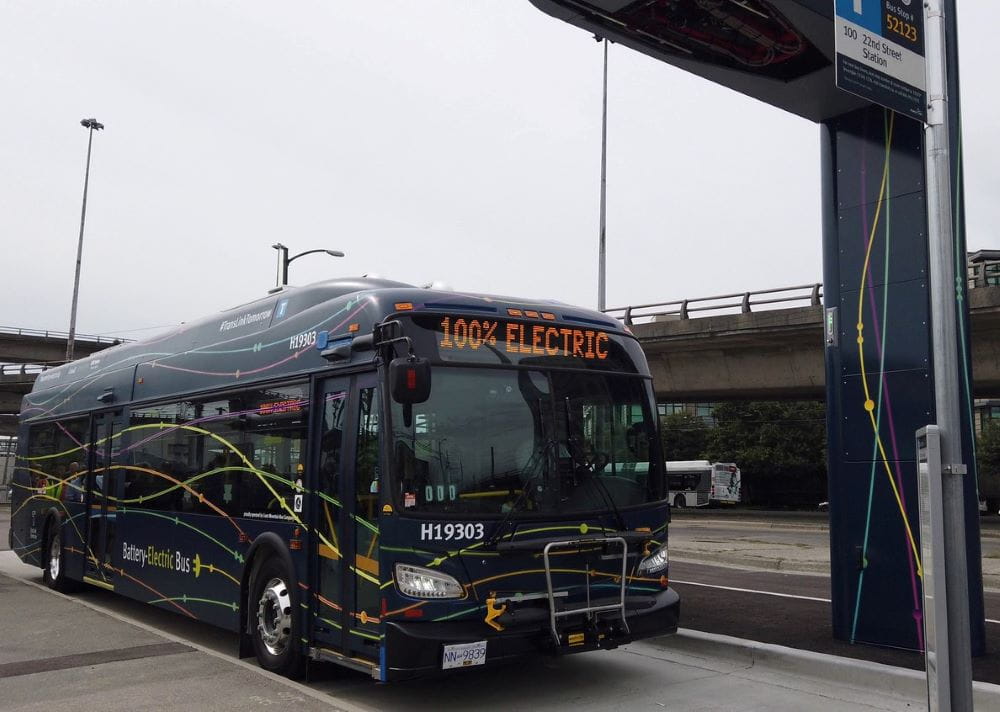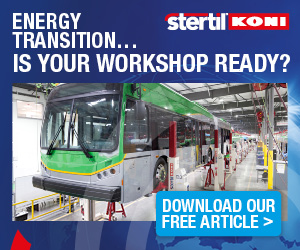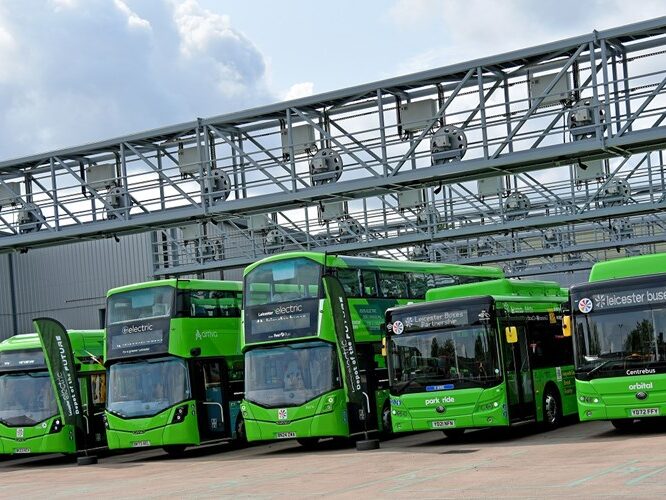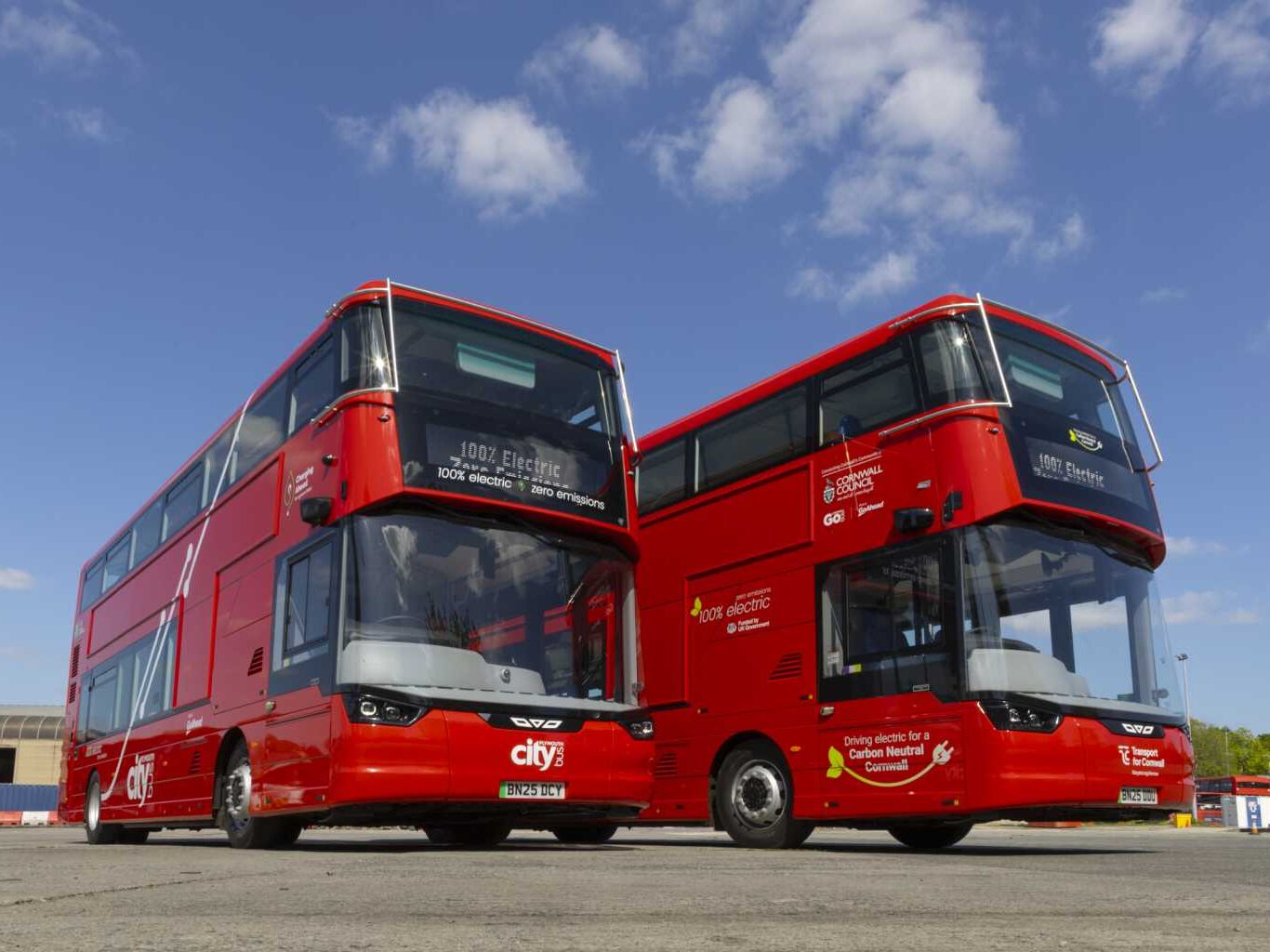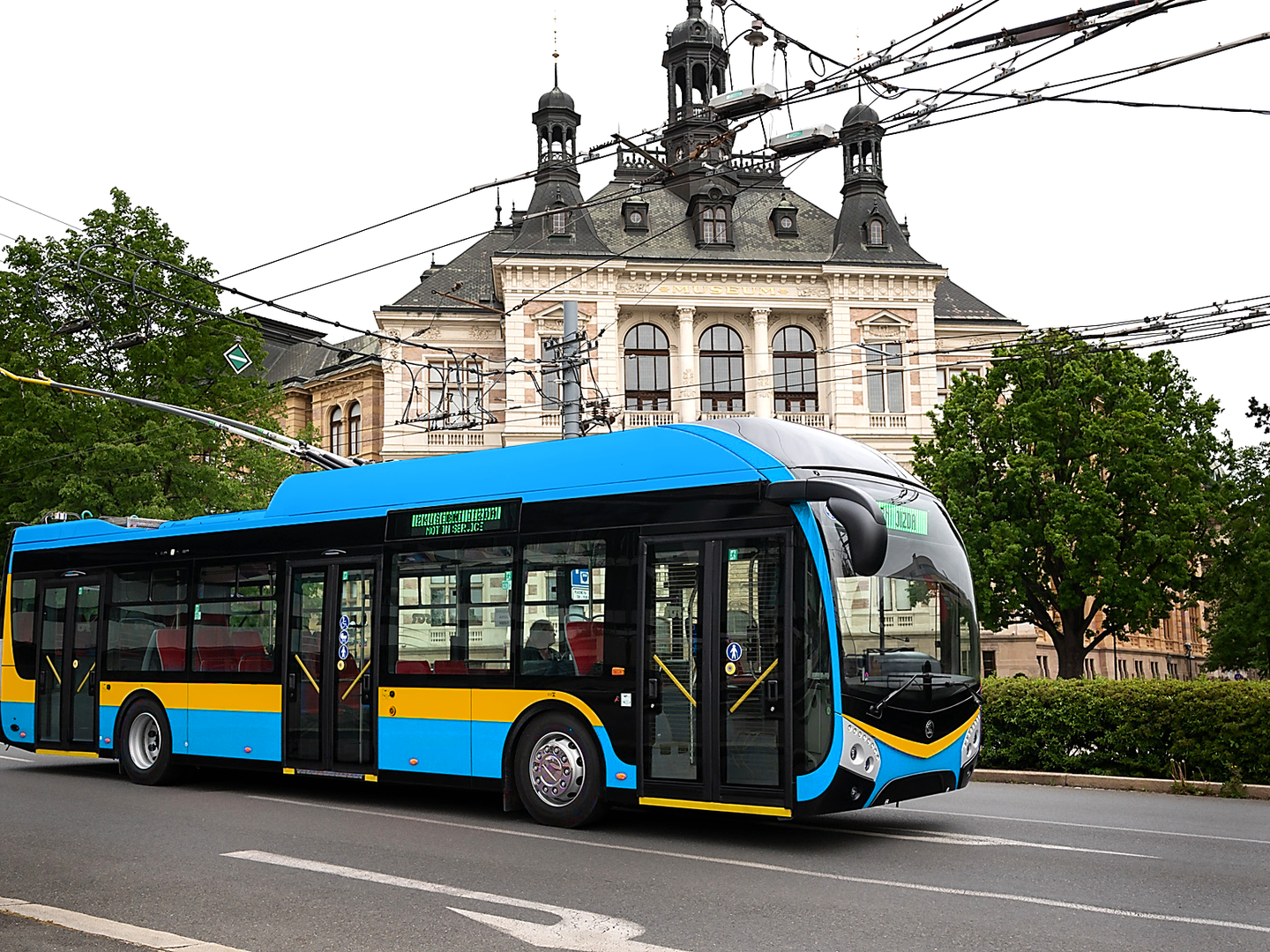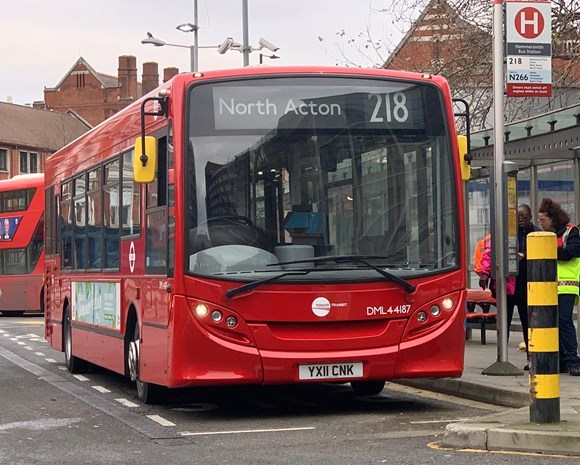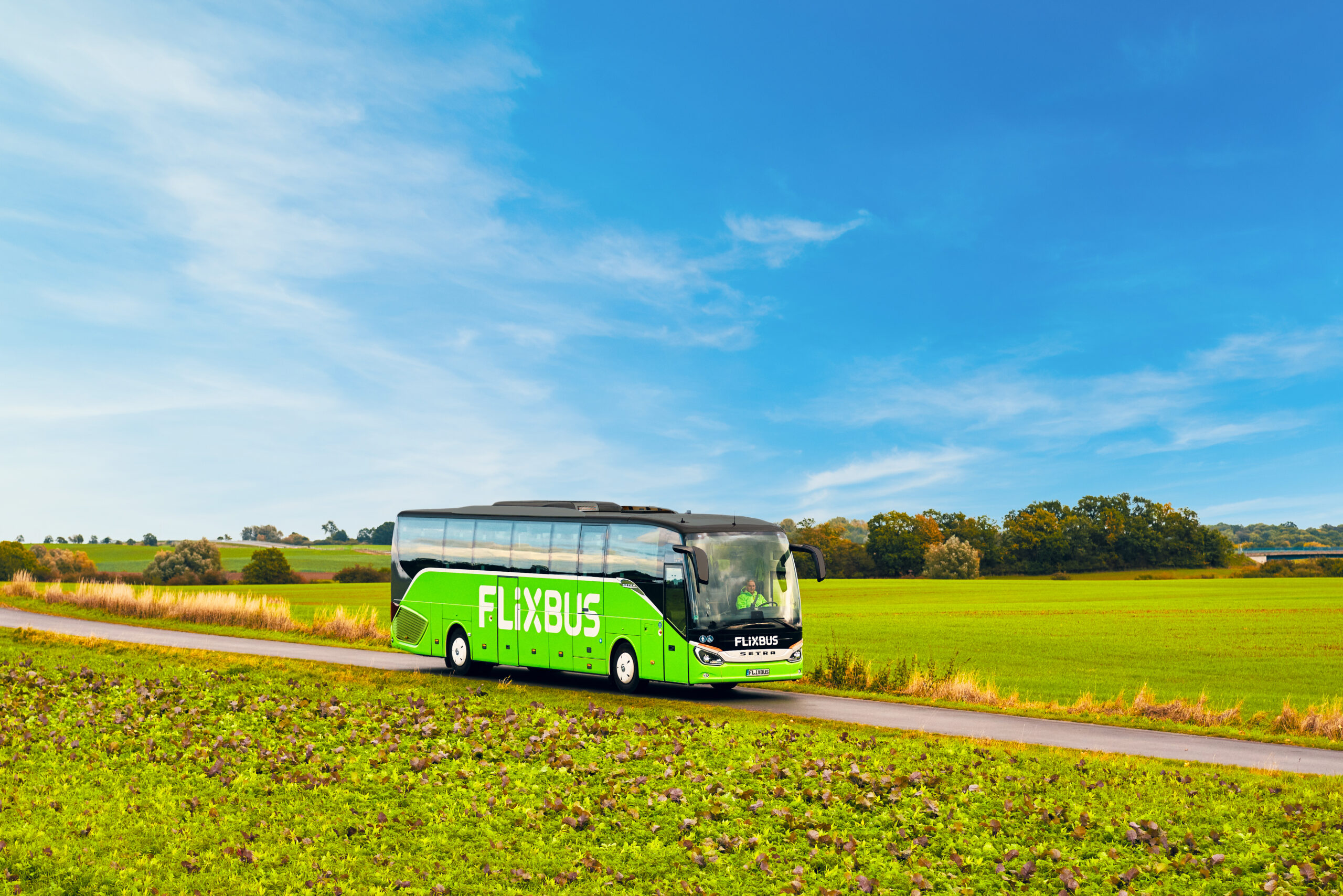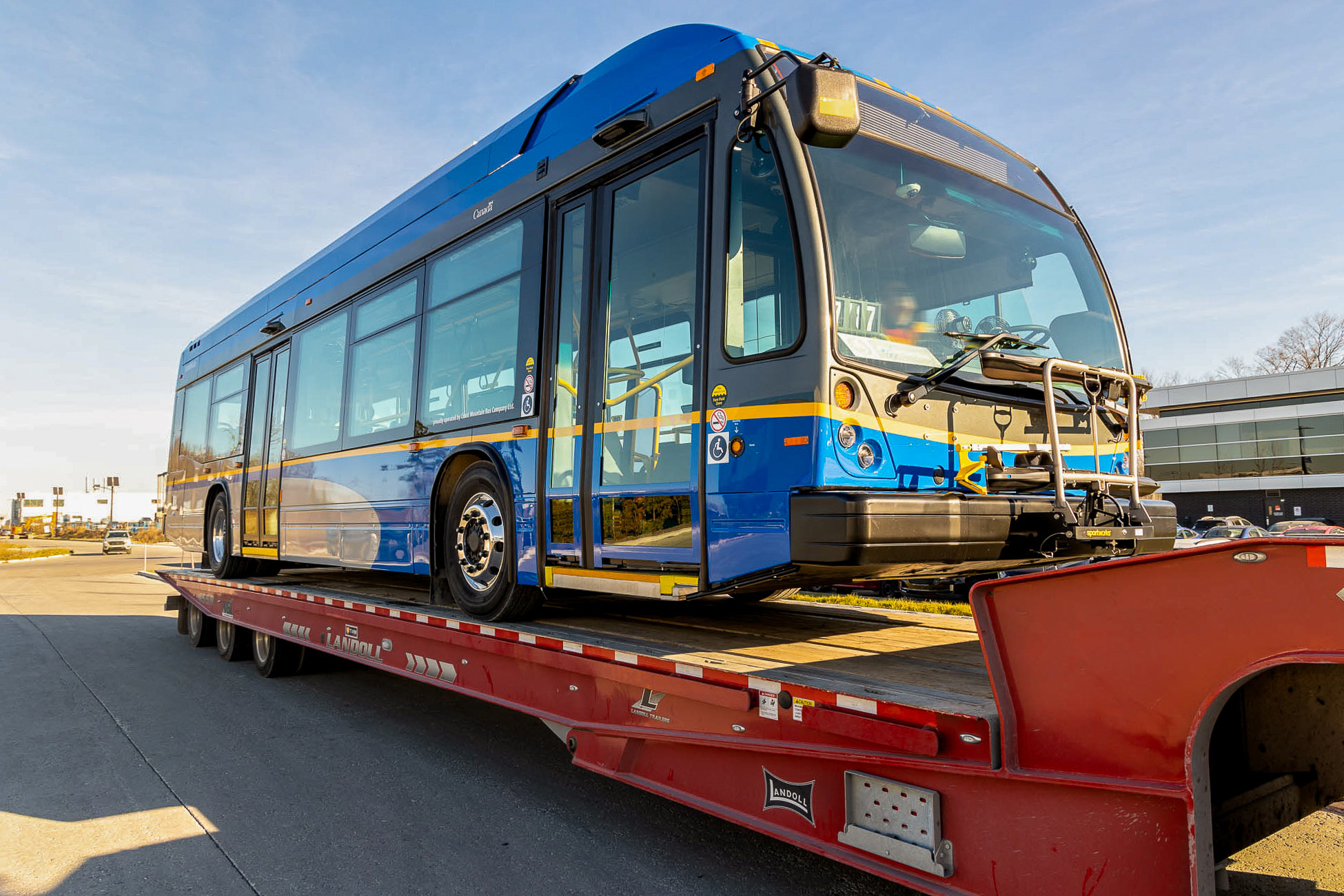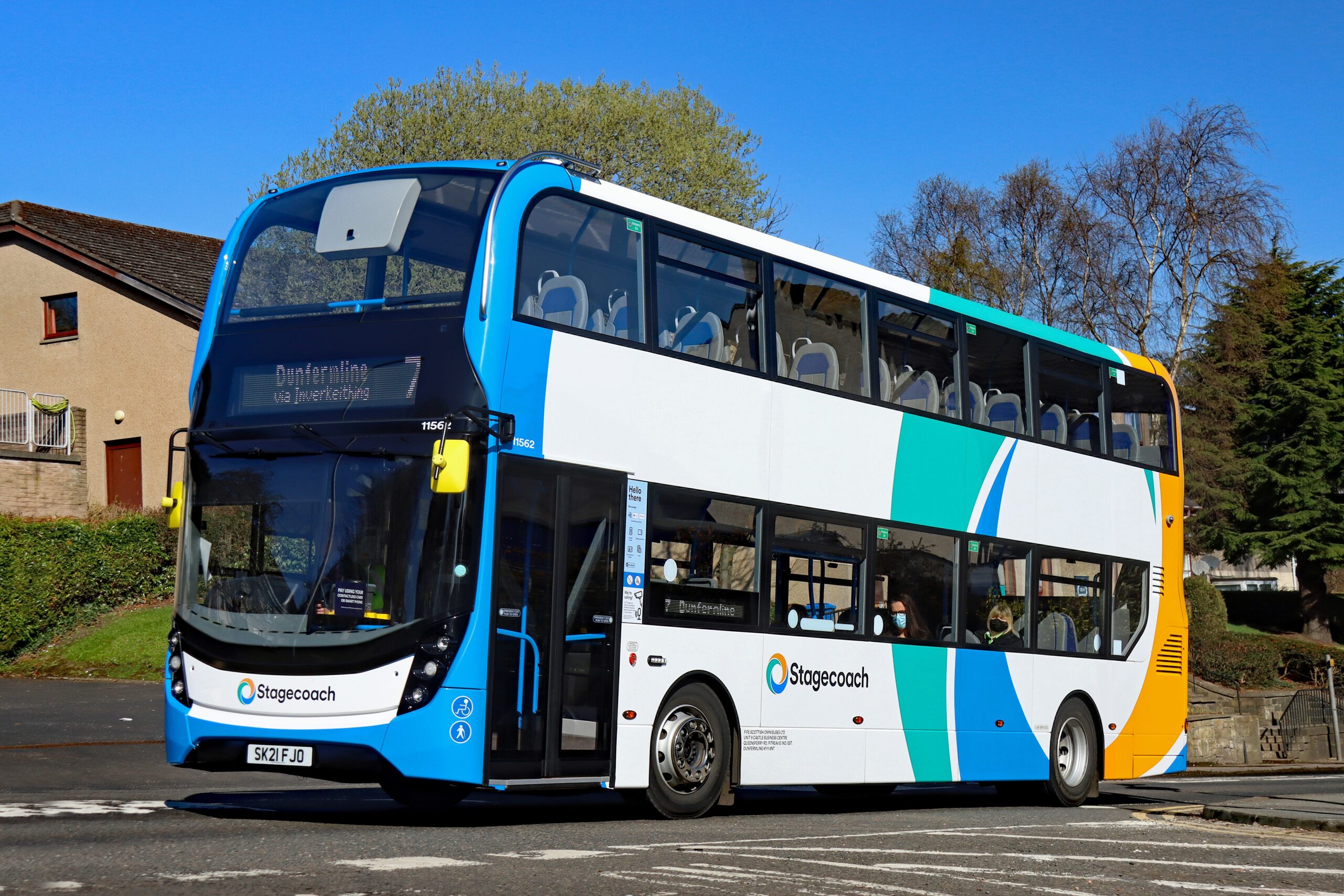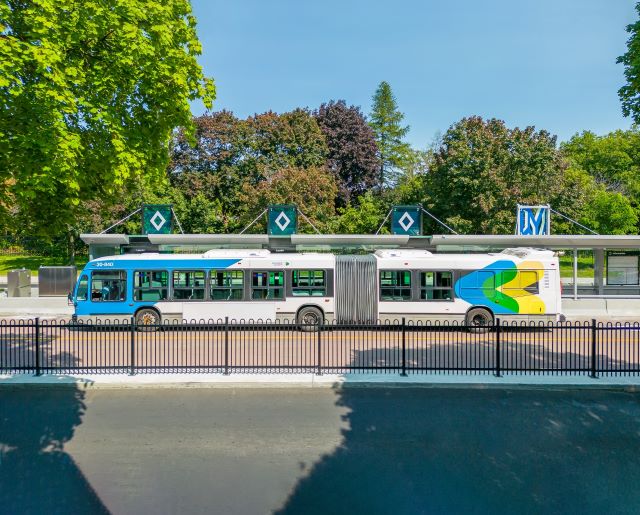Vancouver’s transport operator, TransLink, has released its Climate Action Plan, detailing its intention to rapidly expand its electric bus fleet by 2025.
TranLink’s Climate Action Plan outlines steps over the next three years to help the organisation achieve net-zero emissions by 2050.
In January 2022, TransLink adopted its first Climate Action Strategy, which aims to reach net-zero by 2050 and achieve a 45 percent reduction in greenhouse gases by 2030.
The Climate Action Plan focuses on short-term actions to help achieve these goals.
TransLink CEO Kevin Quinn said;While only one percent of greenhouse gas emissions comes from public transit, we know it’s important to do our part to combat climate change. Our aim is to reduce our emissions to zero, while also reducing the number of cars on the road; that’s why we’re taking these bold steps to demonstrate our leadership on the path to reaching net-zero.
The Climate Action Plan includes several key actions:
- Expanding the battery-electric bus fleet from four to 155 by late 2025 and installing new charging infrastructure to support this expansion
- Designing and constructing the new Marpole Transit Centre by 2027 to accommodate 350 battery-electric buses
- Renovating the Hamilton, Port Coquitlam, and Burnaby transit centres to charge and store battery-electric buses
- Developing risk responses, design guidelines and new programmes to make transit infrastructure more resilient to climate impacts
BC Minister of Environment and Climate Change Strategy and Minister responsible for TransLink, George Heyman said;We know people in Metro Vancouver want and need reliable, affordable and sustainable transportation throughout the region. Our government is committed to expanding and accelerating the development of public transit, shifting away from fossil fuels, and building healthy, accessible communities for everyone. This Climate Action Plan is a key component of TransLink’s long-term approach to building climate resilient public transit and accelerating climate action right away, building to the goal of net-zero operations by 2050.

